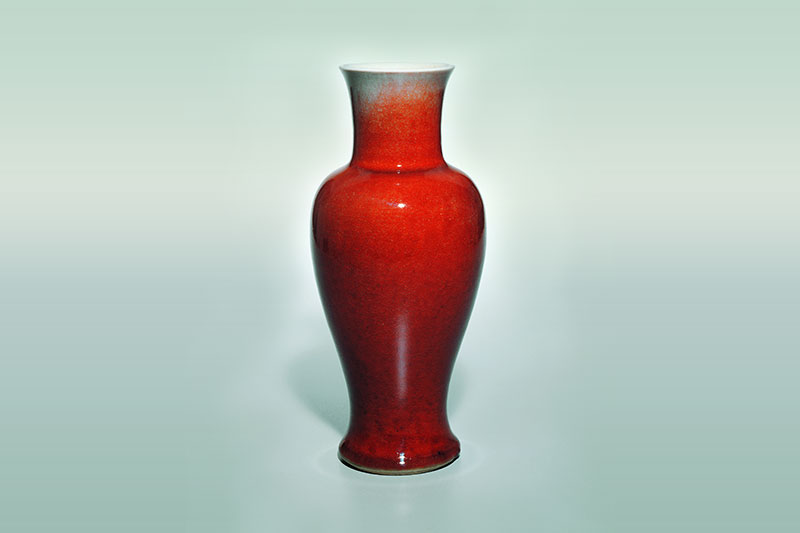Qing dynasty
The production of Qing imperial wares was controlled by the imperial family. Due to better kiln administration and worker pay, imperial wares were able to continuously maintain supremacy at this time in terms of quantity and quality. During the High Qing period, the emperors Kangxi, Yongzheng and Qianlong were personally involved in the process of production while superintendents under their command closely oversaw the management of imperial kilns. As a result, the techniques, glazes, forms and patterns of official wares were unparalleled. Qing imperial wares of the time possess an imposing manner possessing both antiquarian elements and innovative styles that reflect the effort of the Manchu rulers trying to fit into the tradition of Han Chinese culture. Qing imperial wares also often represent a mix of contemporary Western and Eastern decorative styles.
In the late Qianlong period, the management of imperial kilns was entrusted to local supervising authorities. Imperial models of style became less influential over time as elements of popular taste among common folk increased. Although imperial wares in the Jiaqing and Daoquang reigns inherited the High Qing style, they were no longer as vivid, vigorous and creative as their predecessors. Starting from the Xianfeng reign, chaos appeared throughout the empire. The imperial kilns at Jingdezhen were destroyed and ceased functioning. After the Taiping Rebellion during the Tongzhi reign, the imperial kilns were again revived. Empress Dowager Cixi, who exercised control of the government at the time, actively oversaw the production of her personal wares and preferred bright colors. In the late Guangxu period, the operation of imperial kilns was entrusted to civilians, and the so-called “official ware” came to an end when the Xuantong Emperor abdicated the throne at the fall of the Qing dynasty.
This section is arranged chronologically according to periods in the Qing dynasty. Viewers are able to observe the different forms of Qing imperial porcelains, progressing over time in the evolution from High Qing official styles to popular folk tastes.










